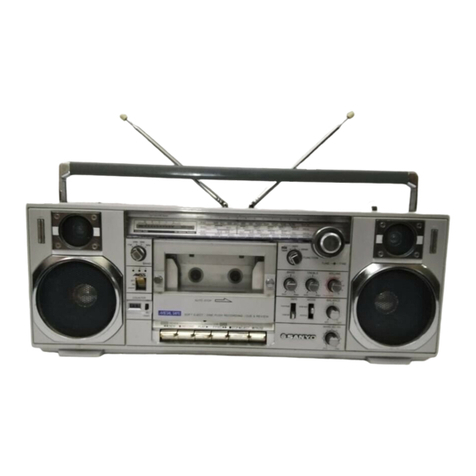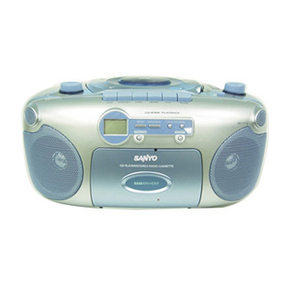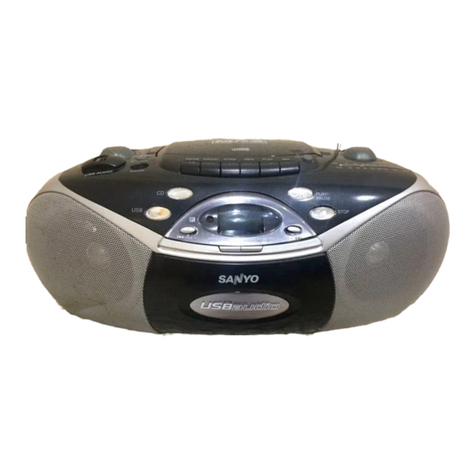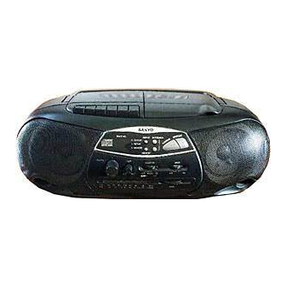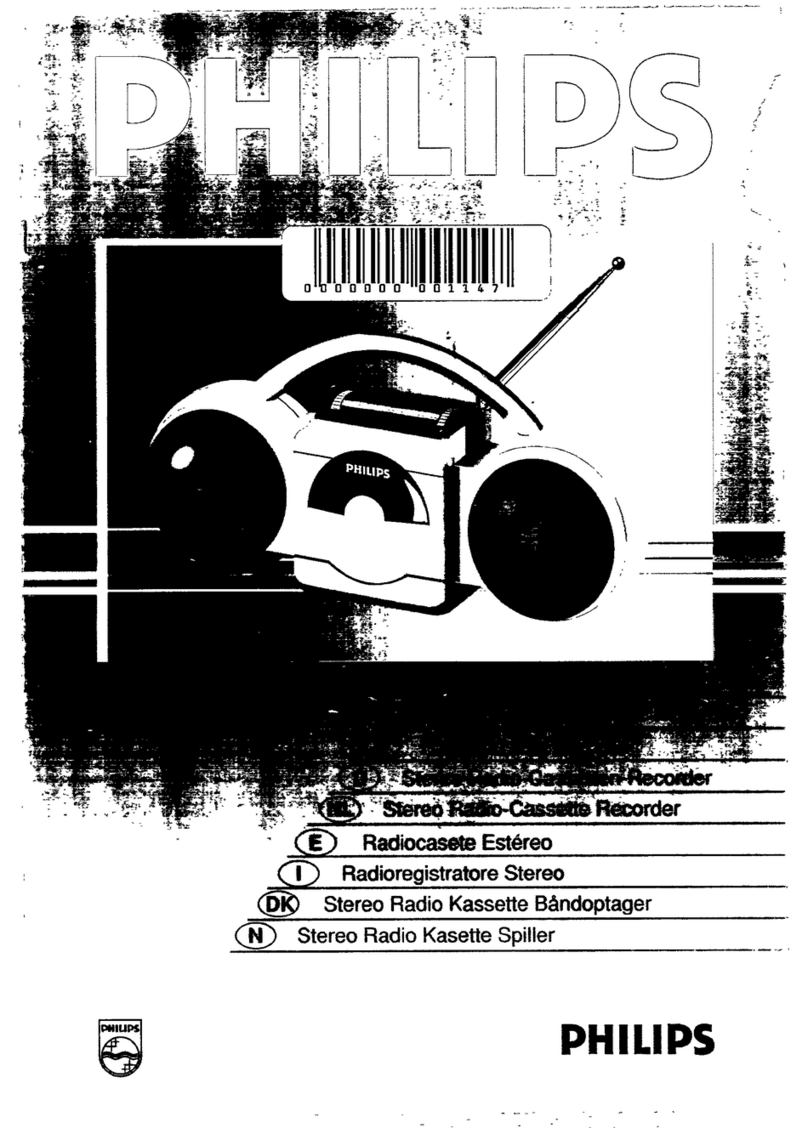Sanyo MCD-Z22L User manual
Other Sanyo Cassette Player manuals
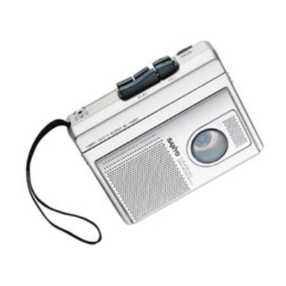
Sanyo
Sanyo M-1060C User manual

Sanyo
Sanyo MCD-UB685M/AU-2 User manual
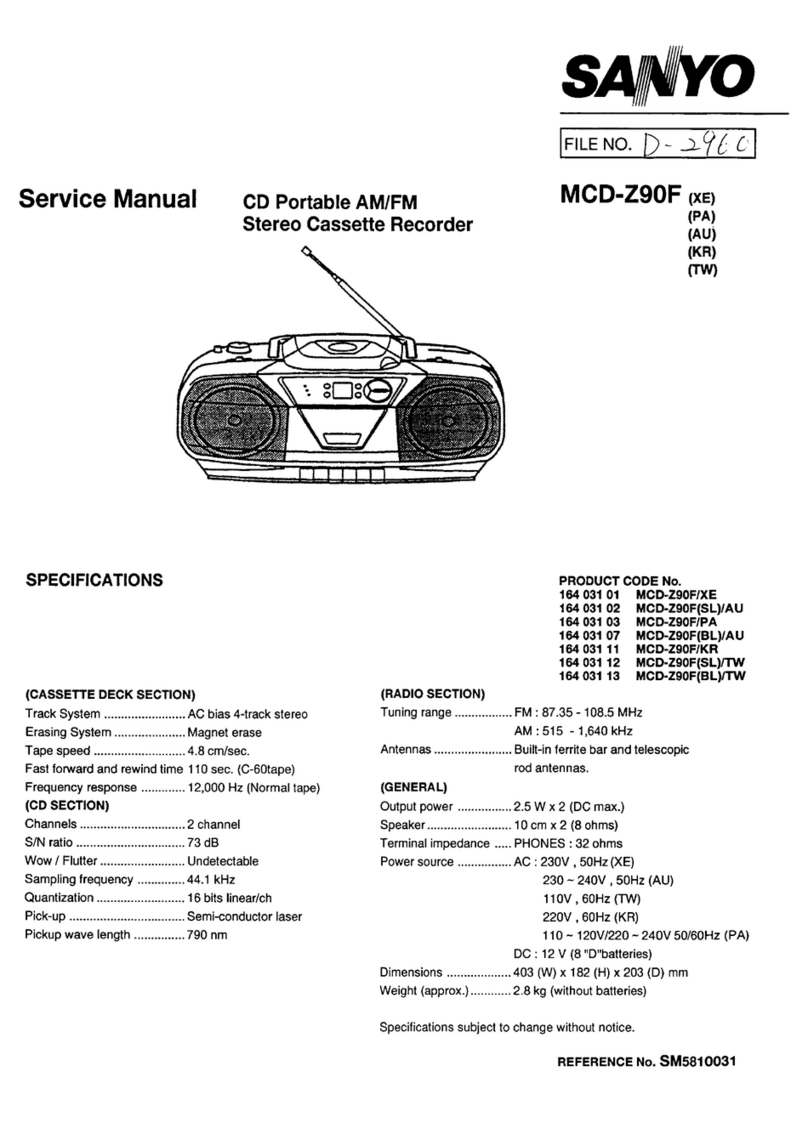
Sanyo
Sanyo MCD-Z90F User manual

Sanyo
Sanyo MCD-ZX570M User manual
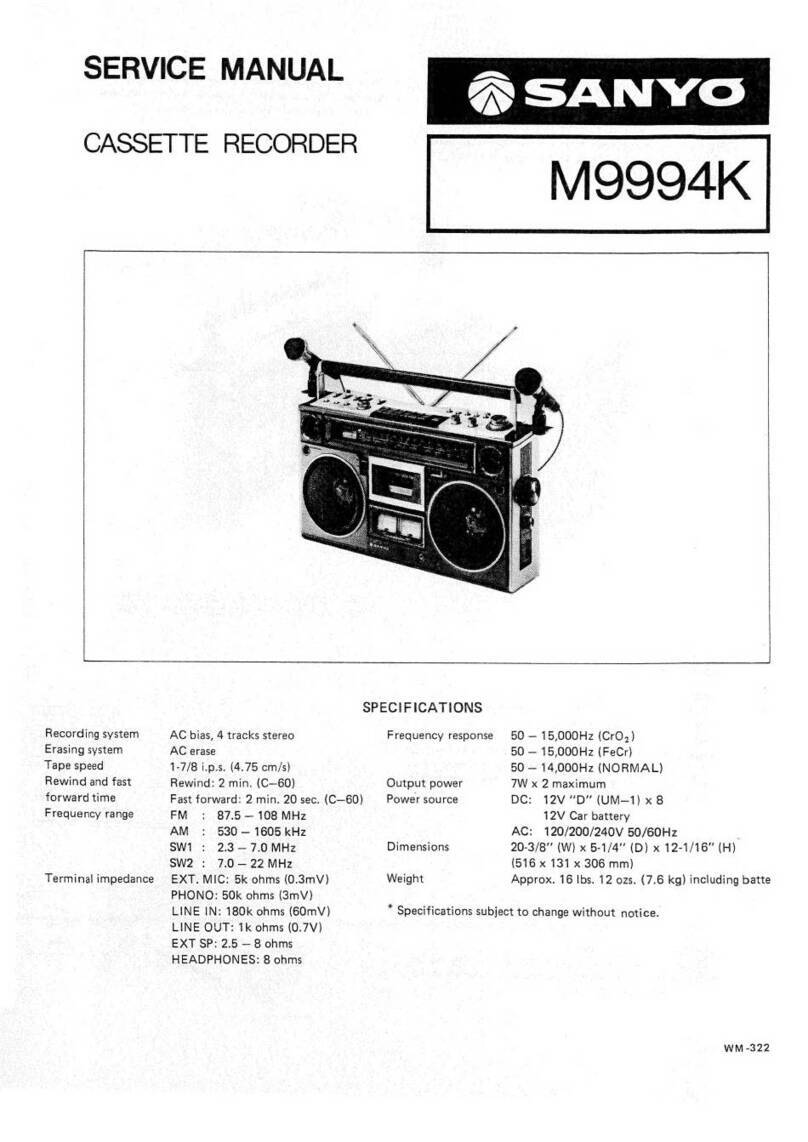
Sanyo
Sanyo M9994K User manual

Sanyo
Sanyo MCD-Z155F User manual
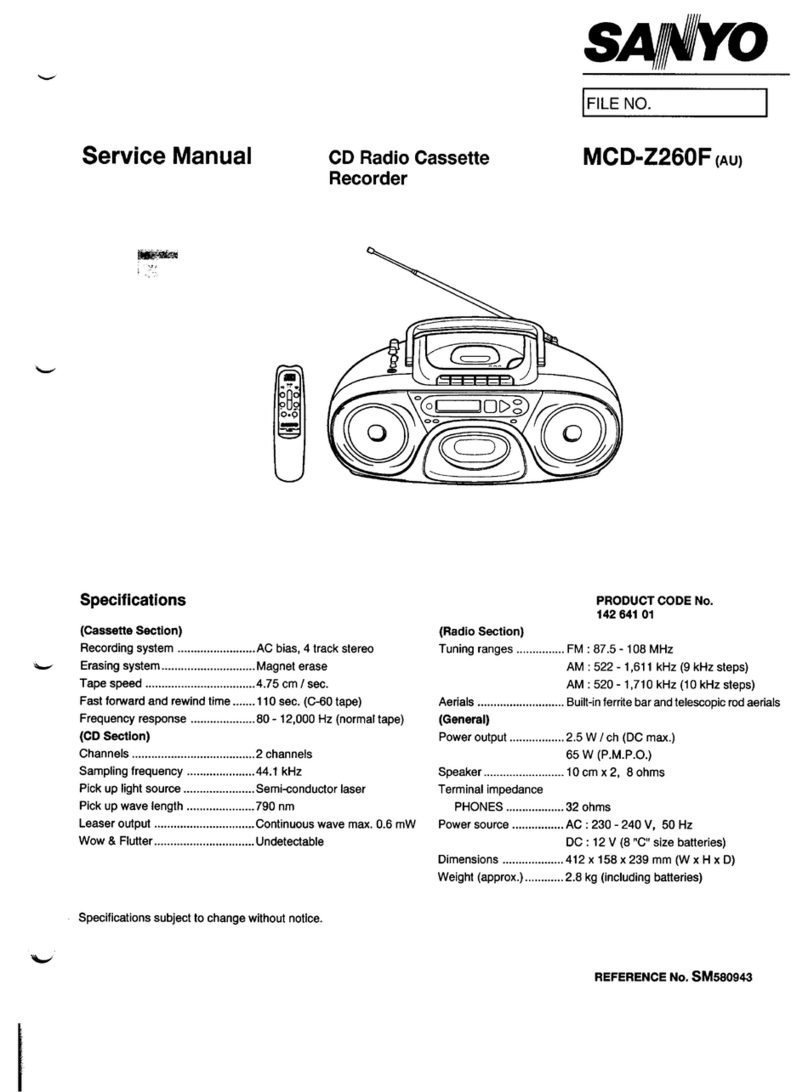
Sanyo
Sanyo MCD-Z260F User manual
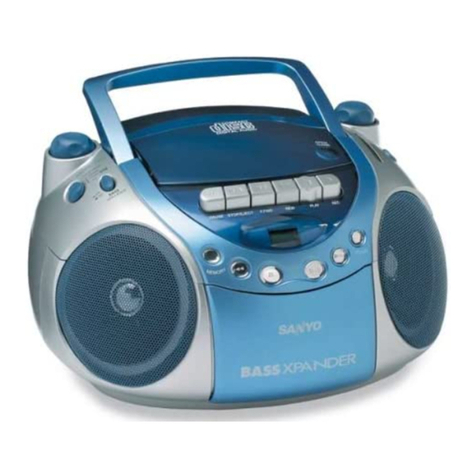
Sanyo
Sanyo MCD-ZX100F User manual

Sanyo
Sanyo VHR-550 User manual

Sanyo
Sanyo MCD-UB575M User manual

Sanyo
Sanyo MCH-900F User manual
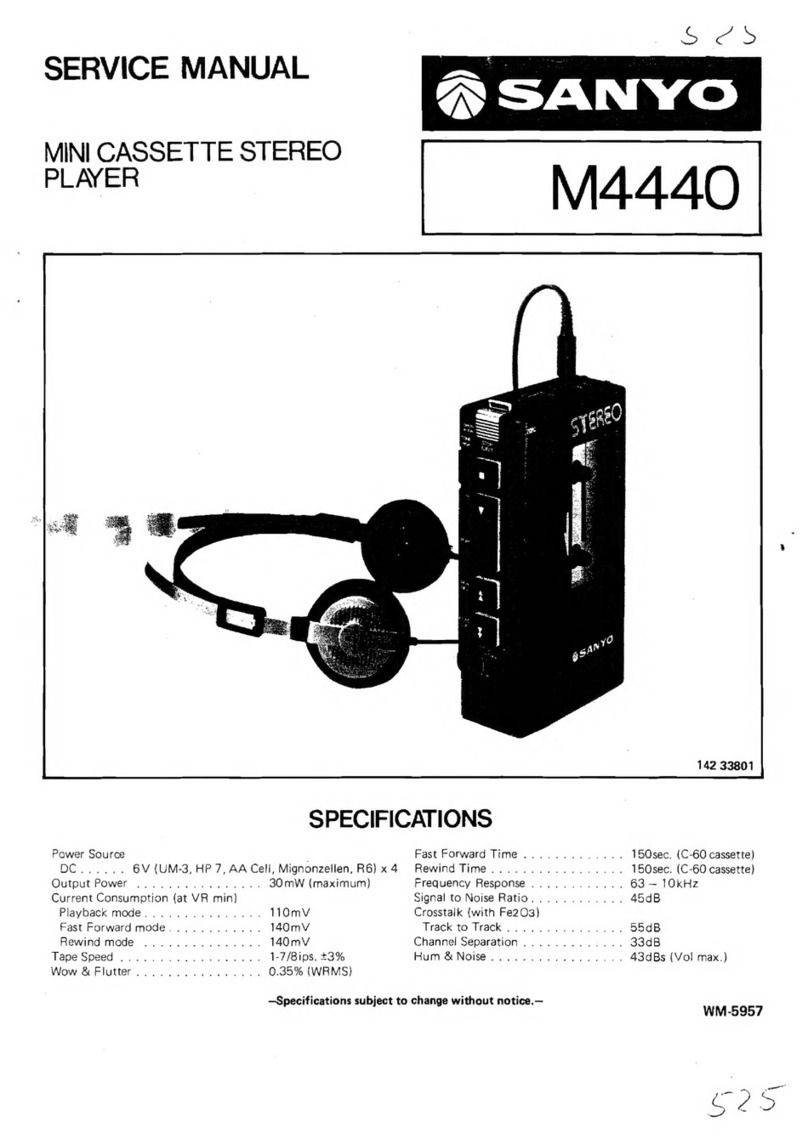
Sanyo
Sanyo M4440 User manual
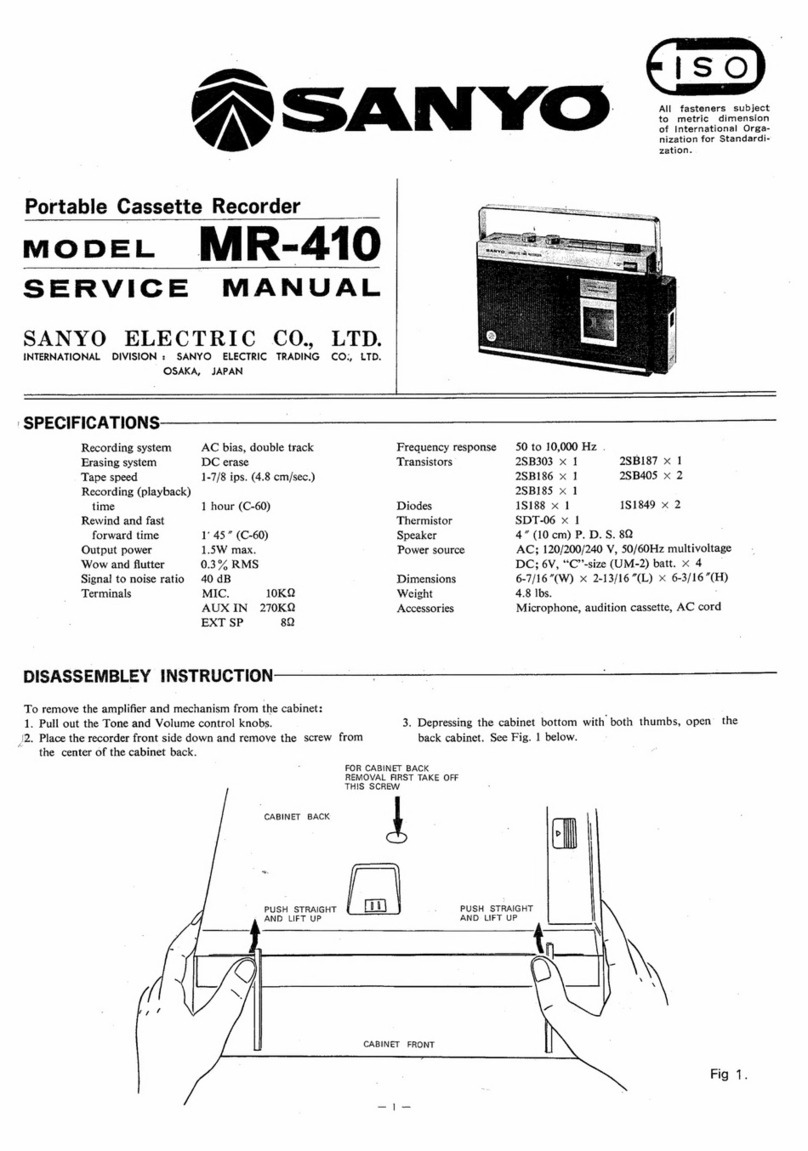
Sanyo
Sanyo MR-410 User manual
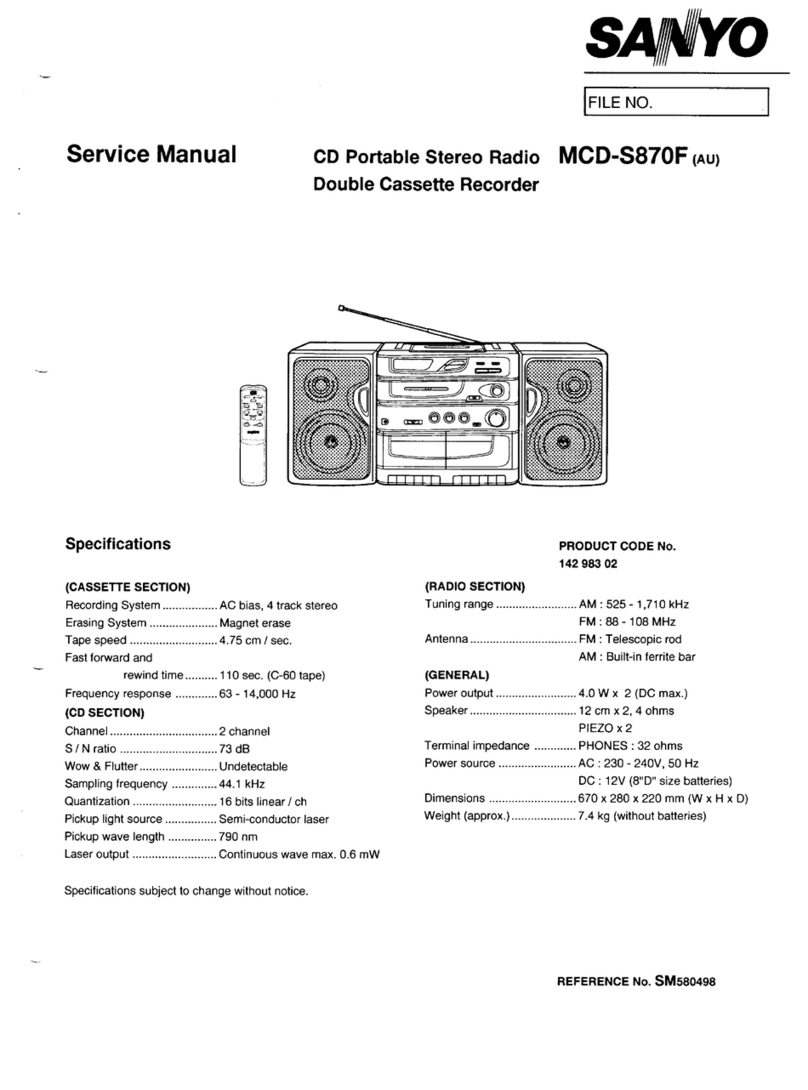
Sanyo
Sanyo MCD-S870F User manual

Sanyo
Sanyo MCD-S920F User manual
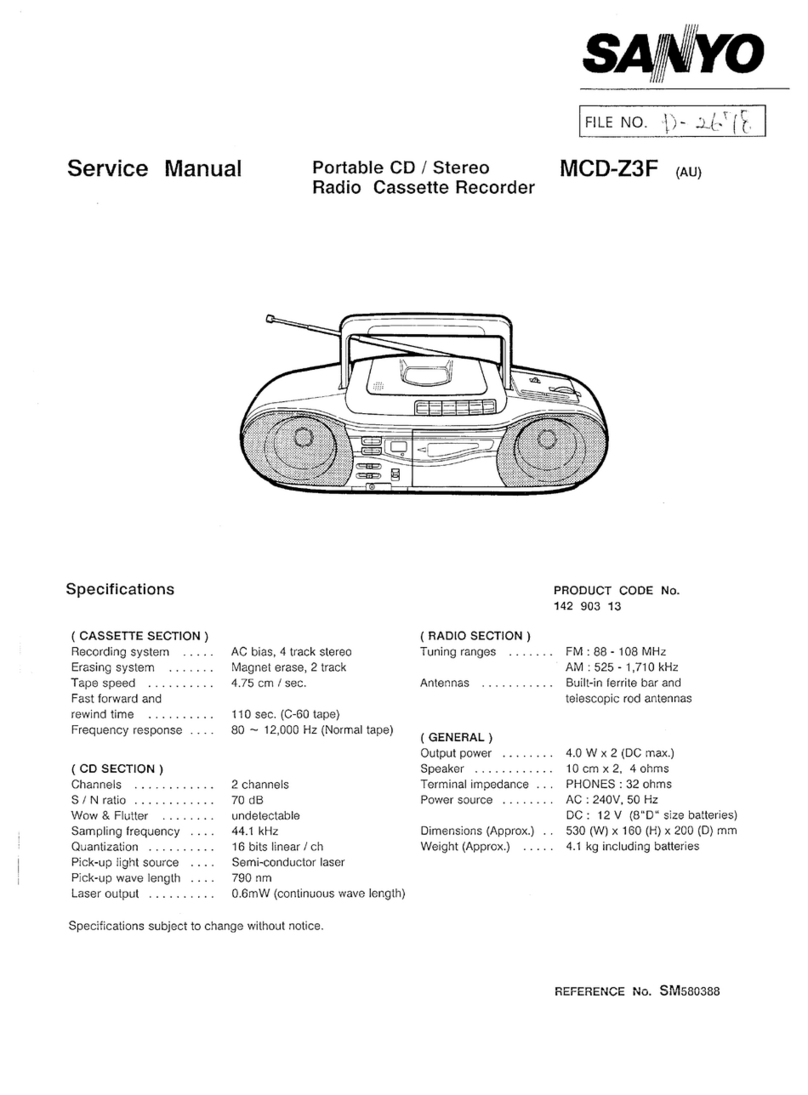
Sanyo
Sanyo MCD-Z3F User manual

Sanyo
Sanyo MCD-Z150F User manual
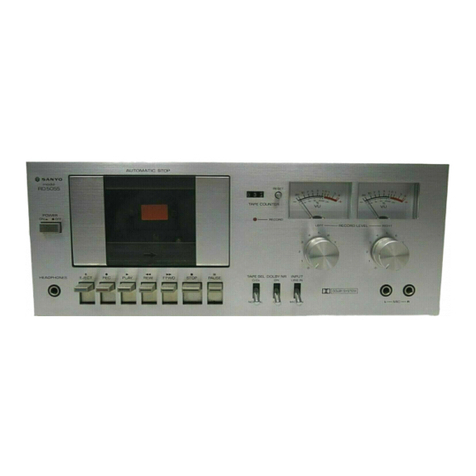
Sanyo
Sanyo RD 5055 User manual
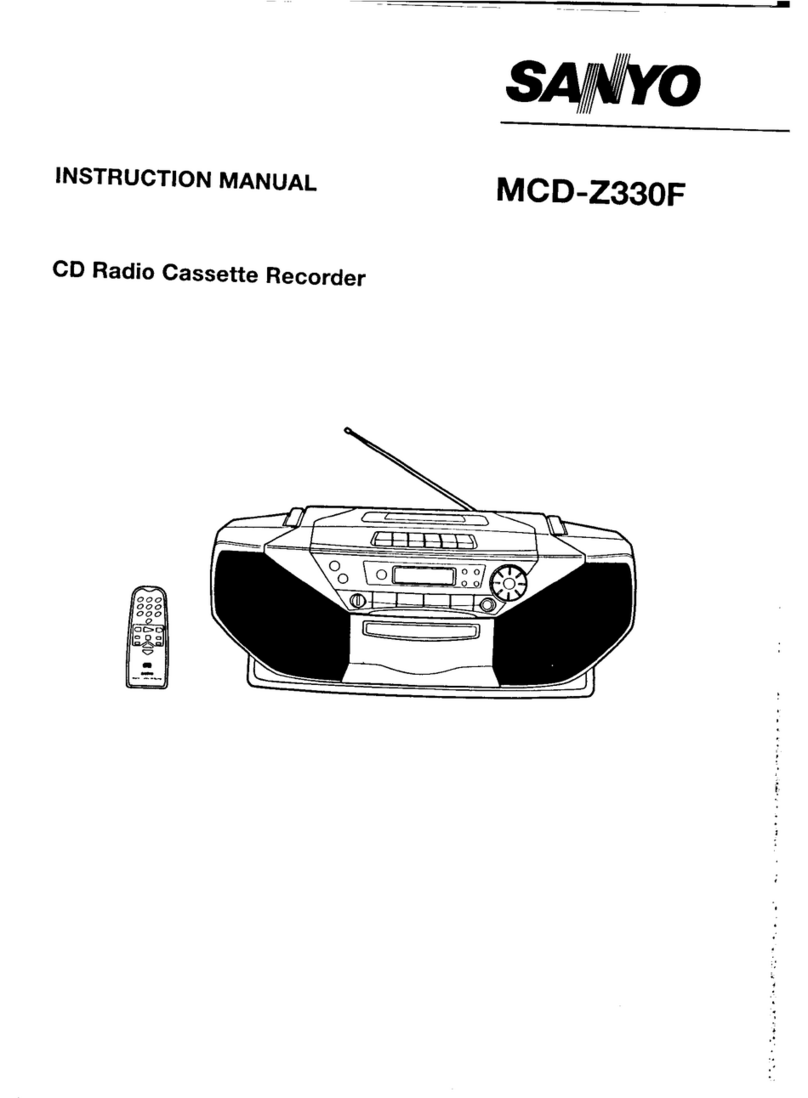
Sanyo
Sanyo MCD-Z330F User manual
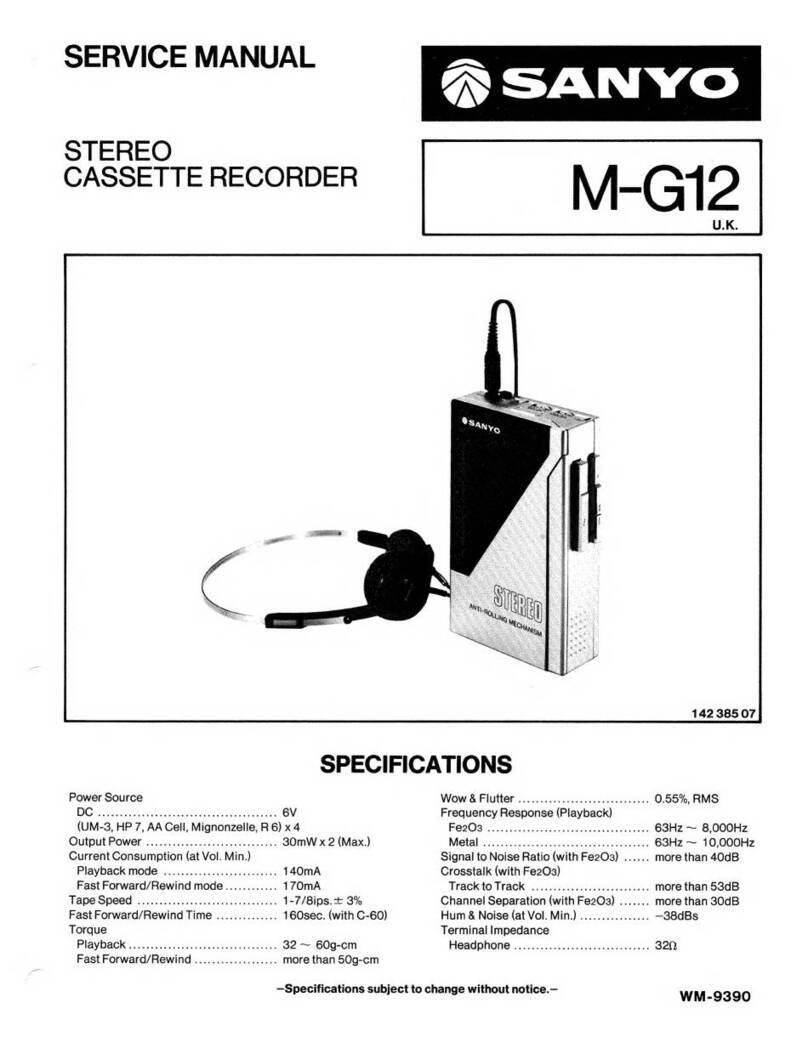
Sanyo
Sanyo M-G12 User manual
Popular Cassette Player manuals by other brands
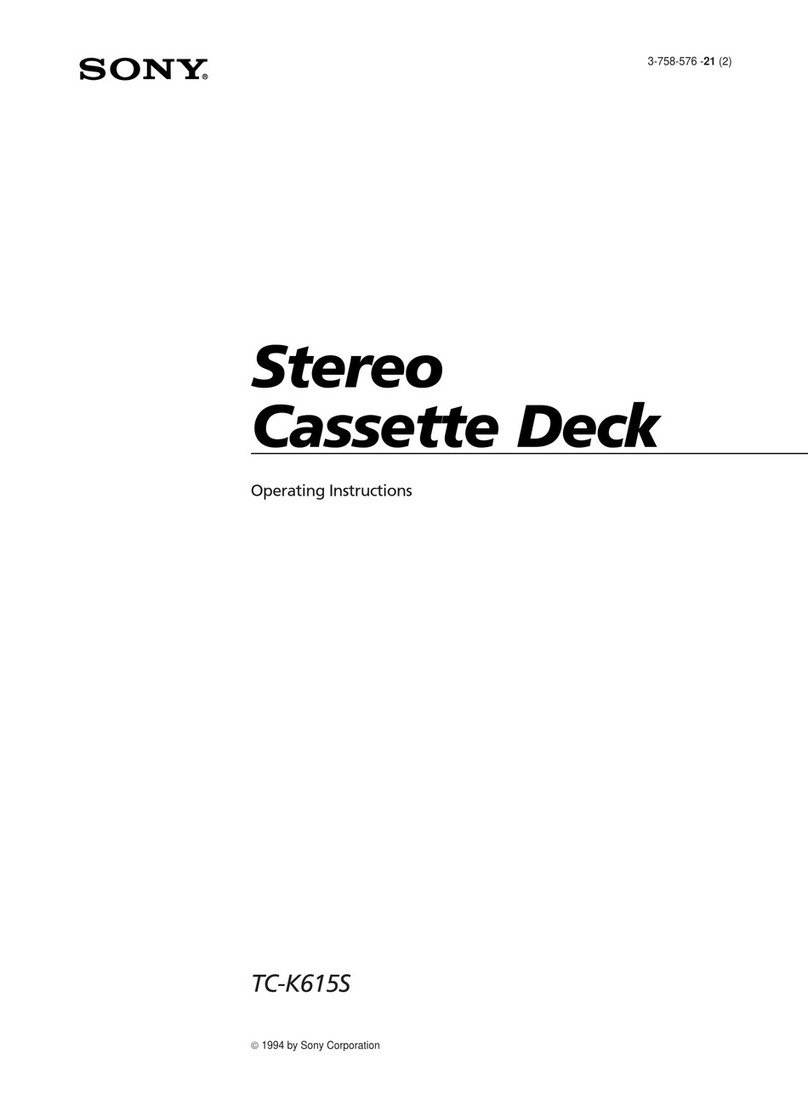
Sony
Sony TC-K615S operating instructions

Sony
Sony CFS-B15 - Am/fm Stereo Cassette Recorder operating instructions

Sony
Sony WMFS220 - Portable Sports AM/FM Cassette... operating instructions

Aiwa
Aiwa HS-TA21 operating instructions
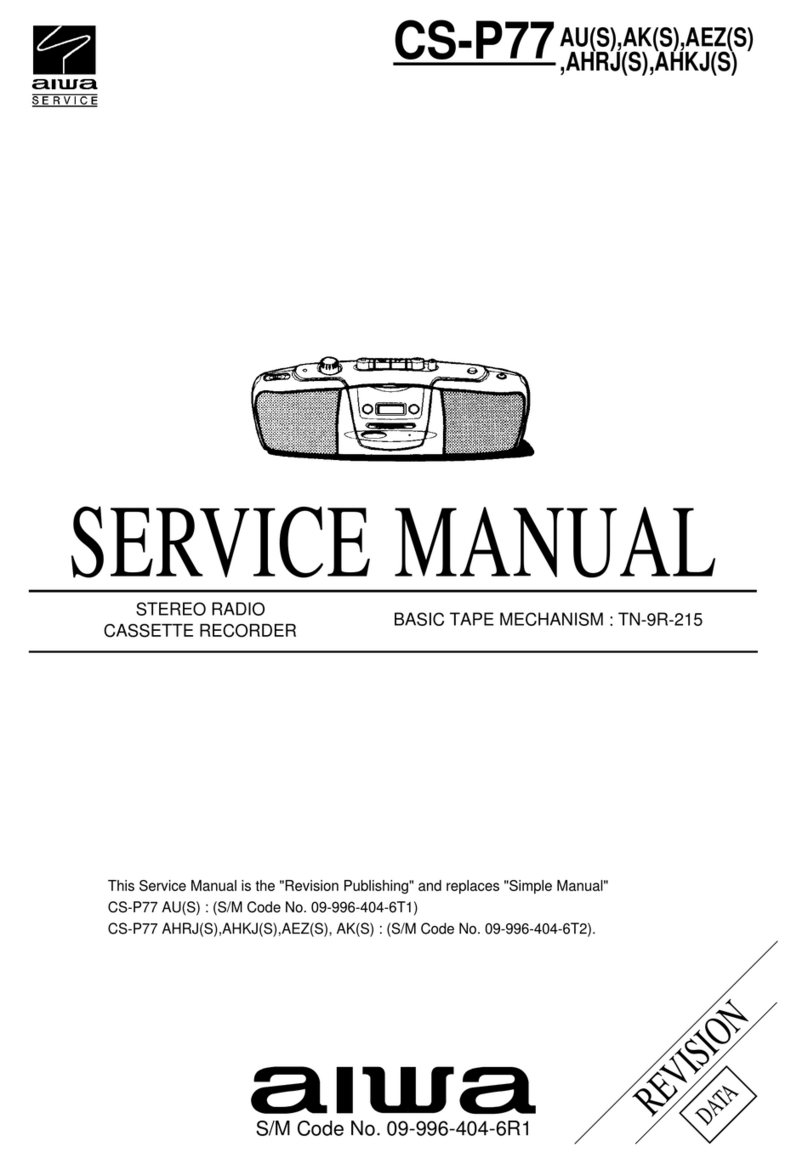
Aiwa
Aiwa CS-P77 Service manual

Sony
Sony Pressman TCM-465V operating instructions
